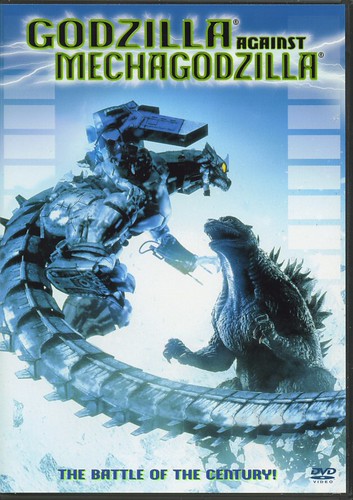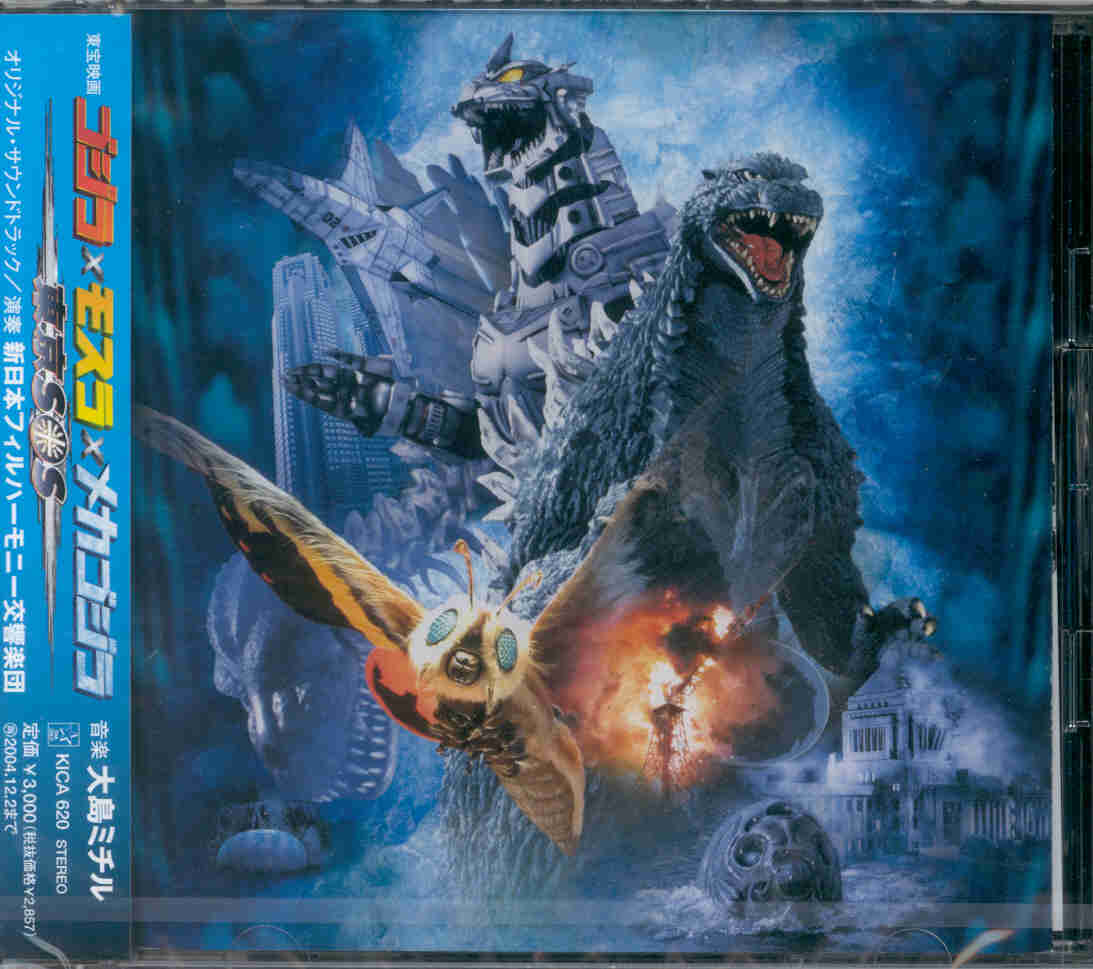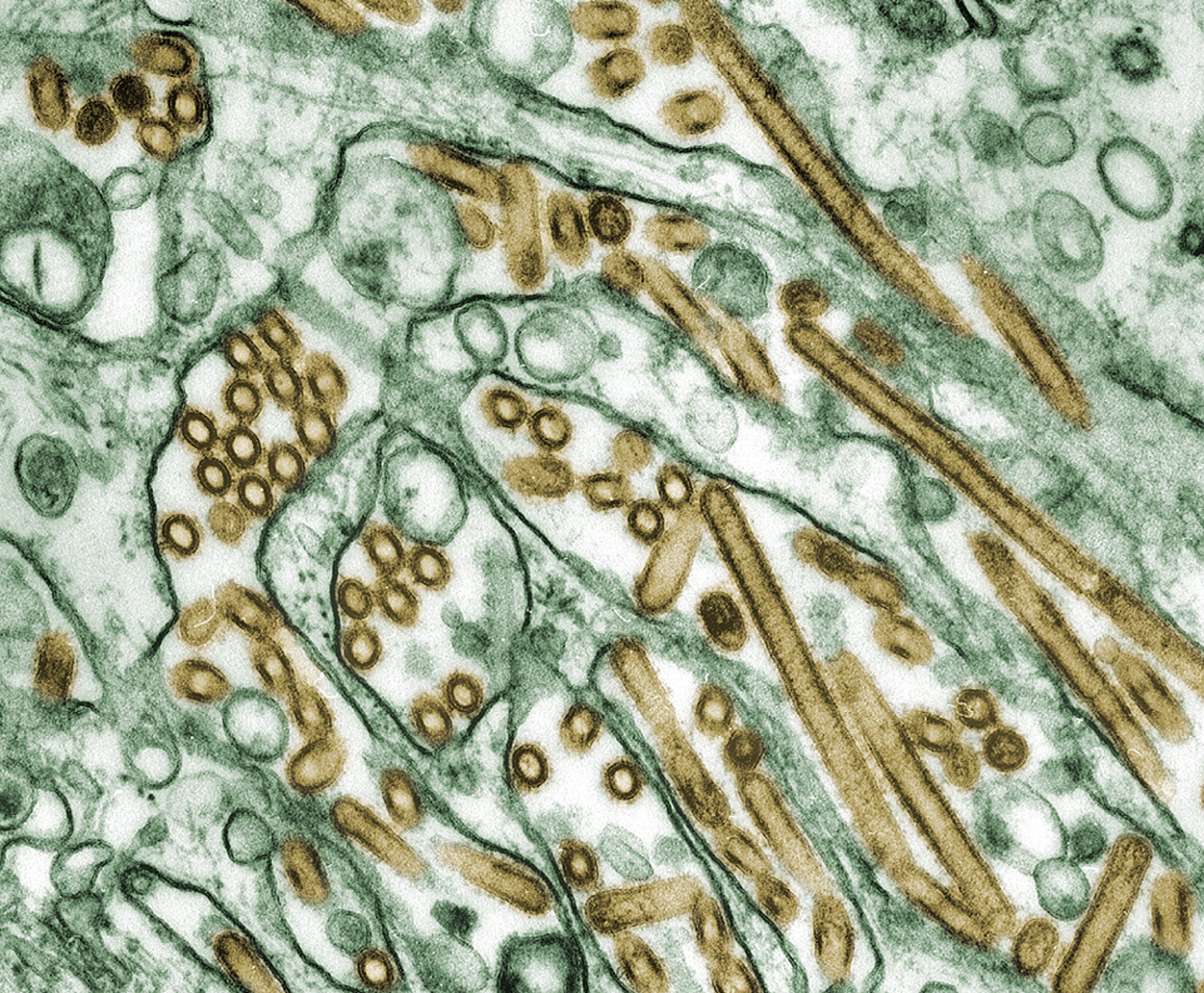Sparky: Madness and Method - a ramble ... apologise for the ???? - Blogger doesn't do Kanji it seems ...
Let's meet Shaku Yumiko and Nagasawa Masami!
Though the perky Masami seems to have the idea we'll chatter about Yumiko first ...
Shaku Yumiko
From DramaWiki

Shaku Yumiko
Born June 12th 1978, Yumiko Shaku plays the role of Akane Yashiro in Godzilla Against Mechagodzilla (and reprises the role, albeit briefly, in the following year's Godzilla: Tokyo SOS). The former model began her feature-film acting career with 2001's PRINCESS BLADE, and was more recently seen in director Ryuhei Kitamura's (GODZILLA: FINAL WARS) movie SKY HIGH.

Profile
- Name: ???? / Shaku Yumiko
- Profession: Actress
- Date of Birth: 12 June 1978
- Place of Birth:
- Height: 164cm
- Weight:
- Star Sign: Gemini
- Blood Type: B
- Talent Agency: Tommy's Artist Company
Dramas
- Kiken na Aneki (2005)
- Magari Kado no Kanojyo (2005)
- Kurokawa no techou (2004)
- Aijou Ippon (2004)
- Skyhigh 2
- Stand Up (2003)
- Sky High
- Kongai Renai
- Ikiru tame no Jonetsu toshite no satsujin
Movies
- Henshin (2005) .... Ryoko Kyogoku
- Sky High (2003/II) .... Mina Saeki/Izuko (new Izuko)
- Gojira tai Mosura tai Mekagojira: Tôkyô S.O.S. (2003) .... Akane Yashiro
... aka Godzilla, Mothra, Mechagodzilla: Tokyo S.O.S.
... aka Godzilla: Tokyo S.O.S. (International: English title) - Gojira tai Mekagojira (2002) .... Akane Yashiro
... aka Godzilla Against MechaGodzilla (Hong Kong: English title: DVD title)
... aka Godzilla X Mechagodzilla (Japan: English title) - Gekijô-ban poketto monsutaa: Mizu no Miyako no Mamori Gami Ratiasu to Ratiosu (2002) .... Lion
- Shura Yukihime (2001) .... Yuki
... aka The Princess Blade (USA) - "Ikiru tame no jonetsu toshite no satsujin" (2001) (mini) TV Series .... Mai Shijo
- Parasite Eve II (1999) (VG) (voice: Japanese version) .... Aya Brea

Princess Blade (2002) AKA Shurayuki Hime
Somewhere in the near future of cold Japan, the House of Takemikazuchi, a group of matchless assassins lie in wait within their amoral world. Once royal guards to rulers of a neighboring kingdom, they became expatriates due to modernization. Now, they are assassins for hire, willing to kill anyone with a price on their head, attempting to stay afloat in a world where the art of the sword is slowly dying, and even when honor and loyalty amongst the ranks of the Takemikazuchi drift away in the bitter air of Japan.
A true heir of the Takemikazuchi bloodline, Yuki (newcomer Yumiko Shaku), discovers the secret behind the death of her mother, Princess Azora, thus turning her against her fellow tribe in order to find the truth and kill those who dishonored her family. Along the way, she finds comfort in an activist and governmental terrorist who is also riding along the sharp, stinging moral edge of life.
This manga adaption is also kind of a modern remake of the 1973 film "Lady Snowblood" by Toshiya Fujita. For once, we have a Japanese movie with good fight choreography and some impressive swordsplay, thanks to Hong Kong master Donnie Yen Ji-Dan.
Lady Snowblood
| Directed by | Toshiya Fujita |
|---|---|
| Produced by | |
| Written by | Kazuo Uemura Kazuo Koike |
| Starring | Meiko Kaiji |
| Music by | |
| Cinematography | |
| Editing by | |
| Distributed by | Toho |
| Released | 1973 (Japan) |
| First Screened | |
| Running time | 97 min. |
| Language | Japanese |
Lady Snowblood (1973), starring Meiko Kaji, is a bloody, revenge-themed Japanese action film by Toshiya Fujita in which the daughter of a woman who was raped by bandits grows up to wreak revenge on her mother's violators. Lady Snowblood was based on a manga by Kazuo Koike who also created the Crying Freeman, Samurai Executioner, and Lone Wolf and Cub manga series. The English version of the manga is currently being published by Dark Horse Comics.
The film was one of the inspirations for Quentin Tarantino's Kill Bill films, sharing its story line as well as the chapter format. The scene where The Bride fights O-Ren Ishii is explicitly considered as tribute to this movie. The theme song "The Flower of Carnage", sung by Meiko Kaji is also used in Tarantino's film.
Lady Snowblood spawned one sequel entitled Lady Snowblood 2: Love Song of Vengeance. In this sequel Yuki is in prison for her crimes committed in the first movie. The Japanese government offers to free her, though, if she will kill an enemy of the state.
Godzilla Against Mechagodzilla

Godzilla Against Mechagodzilla (????????? - Gojira tai Mekagojira, also known as Godzilla X Mechagodzilla or GXMG for short), released in 2002, once again follows the original Godzilla timeline, in which Godzilla was killed by Dr. Serizawa's secret weapon, the Oxygen Destroyer.
Akane is a member of the JXSDF. During Godzilla's attack in 1999, she was involved in an accident in which several other offices were killed. While blaming herself, Akane is demoted to a desk clerk. 4 years later, Lieutenant Togashi tells Akane that he is the leader of "Squadron Kiryu", and asks her to be apart of the team. Despised by the rest of her team mates and still struggling to understand her own worth, Akane finds friendship with Kiryu's DNA programmer Tokumitsu Yuhara and his daughter Sara. As part of "Squadron Kiryu," Akane helms the controls of Kiryu itself, in order to fight and, hopefully, destroy the king of the monsters.
When another Godzilla appeared, Japan's most skillful scientists cooperated in building Mechagodzilla or Kiryu; a combination of robotic technology, the original Godzilla's skeleton and its remaining spinal cord cells. But doing so causes Mechagodzilla to malfunction and attack Tokyo, but is reversed. It tries to freeze Godzilla but fails and Godzilla goes into the ocean once more.
“The human side of the story would revolve around a young female officer named Akane (Yumiko Shaku) who is given a secondchance to prove herself after a tragic accident caused the deaths of three of her fellow officers during one of Godzilla's raids.Ultimately she would earn the respect of her fellow comrads and hours of hard work would lead to her being chosen as the pilot for the new MechaGodzilla.Another interesting human story involves the scientist Tokumitsu, the creator of the cyborg, who falls in love with Akane and his young daughter Sara who still mourns the death of her mother and isn't quite ready for her father to start courting the lovely pilot.
Before too long Godzilla would appear and the MechaGodzilla would face it's first test. The first confrontation would end with Godzilla retreating back to the see. It would seem the monster could sense the presence of the original Godzilla inside workings of the cyborg.
Godzilla would spend most of this battle looking at the MechaGodzilla with a confused look before retreating to ponder what it had seen.
Indeed this new mechanical weapon would indeed be alive in a true sense. Godzill'a roar would trigger the inner soul of the original monster to take over the machine and overide all human commands. MechaGodzilla would then turn on its human masters and blaze a trail of destruction through the city until its energy cells ran out.
The cyborg was imeadiatly overhauled to fix the problem, but would the weapon work or would it become another monster itself?
The Japanese government would have no choice, but to force their creation back into action. Godzilla would return with a vengence fueled by the desecration of his own species. The two titans would engage in mortal combat.
The new MechaGodzilla would prove tobe an equal match for Godzilla although the monster would destroy most of the cyborg's weapons and render it temporarily out of commission.
Akane would come to the MechaGodzillas rescue. She would find a way into the robot and begin to communicate with the soul of the monster's soul inside. Yes, indeed the cyborg was alive. Together they would be able to overpower Godzilla and take him far out tosea where the robot's ultimate weapon, the Absolute Zero (can freeze any object solid) is deployed. The ocean around Godzilla freezes into a giant iceberg, but the monster survives and heads out to sea.
The MechaGodzilla may not have been able to destroy the menace, but Japan could now rest easy that they now possessed a weapon strong enough to repel him. ...”

Triva
Many Godzilla fans have pointed out that the original Godzilla's skeleton was completely vaporized in the original. Also, the references to both Mothra and Guira (the Green Gargantua) being killed by the military are also not true. Mothra did not die in the original Mothra, and Guira was killed with his brother Sanda (the Brown Gargantua) in an underwater volcanic eruption in War of the Gargantuas.
- JDorama.com (http://jdorama.com/artiste.1341.htm)
- Official Site (http://www.tommys.co.jp/shaku/)
- Discussion en francais
- Tokyo Monsters.com - The Kaiju Eiga Multimedia Resource
- Review
Godzilla: Tokyo SOS
Godzilla: Tokyo S.O.S. (???×???×????? ??SOS - Gojira, Mosura, Mekagojira: Tokyo SOS), a 2003 tokusatsu film, was created as a sequel to 2002's Godzilla Against Mechagodzilla. This is the only film in the Millennium Godzilla Series to have a direct sequel to another film in the same series.

Story
The story line of Godzilla Against Mechagodzilla is continued, this time with Mothra thrown into the mix along with two brand new larvae.
Forty-two years after her first visit in Tokyo, Mothra returns to warn mankind that they must return Mechagodzilla, along with Godzilla's bones, to the sea, for the dead must not be disturbed. If not, dire consequences will follow. However, Godzilla is once again on the rampage, and Mechagodzilla is Japan's only defense.
In the film, Mothra's twin fairies warn the Japanese governement that using Godzilla bones as the basis for Kiryu (Mechagodzilla's nickname in both films) is wrong and that the taking of the original Godzilla's bones is what brought him back and if they don't return them to the sea, then Mothra would declare war on humanity. They say that if Kiryu's bones are returned however, Mothra will defend Japan.
Soon enough, Godzilla comes back and Mothra aperese to fight him. Mothra is beat badly. Meanwile an egg on Infant Island hatches reveling two Larva Mothra. Kiryu is also sent into battle. During the battle Godzilla kills Mothra infront of the two larva. Kiryu is finaly ready to kill Godzilla, almost succeeds! The two larva web up Godzilla. Mechagodzilla carries itself and Godzilla into the Japan trench.
Trust that Godzilla Junior (this Godzilla's real name) will rip free and terrorize Japan again.
Cast- Noboru Kaneko (Yoshito Chujo)
- Miho Yoshioka (Azusa Kisaragi)
- Mitsuki Koga (Mechagodzilla Operator Kyosuke Akiba)
- Masami Nagasawa (Shojibin)
- Chihiro Otsuka (Shobijin)
- Koh Takasugi (JSDF Lieutenant Togashi)
- Hiroshi Koizumi (Dr. Shinichi Chujo)
- Akira Nakao (Premier Hayato Igarashi)
- Koichi Ueda (General Dobashi)
- Norman England (Sgt. Woodyard)
- Naomasa Rokudaira (Goro Kanno)
One of the "twin fairies" is played by the lovely
Masami Nagasawa
Masami Nagasawa (????? Nagasawa Masami, born June 3, 1987 in Iwata, Shizuoka) is a Japanese actress. A winner of the Toho Cinderella contest, which singles and promotes up and coming young talent.

Profile
- Name: ????? (???? ???)
- Name (romaji): Nagasawa Masami
- Date of Birth: June 3rd 1987
- Star Sign: Gemini
- Height: 168cm
- Weight:
- Blood Type: A
- Place of Birth: Shizuoka-ken
- Talent Agency: Toho Entertainment

Dramas
- Koumyou ga Tsuji, NHK (2006)
- Hiroshima Showa 20 nen 8 Gatsu Muika (2005)
- Dragon Zakura (2005)
- Yasashii Jikan (2005)
- Toubousha (2004)
- Sakura

Movies
- Tatchi (2005) .... Minami Asakura
- Gojira: Fainaru uôzu (2004) .... Shobijin (Twin Fairy)
... aka Godzilla: Final Wars (International: English title) - Shinkokyû no hitsuyô (2004) .... Kanako Doi
- Sekai no chûshin de, ai o sakebu (2004) .... Aki Hirose
... aka Crying Out Love, in the Center of the World (International: English title)
... aka Crying Out Love, in the Centre of the World (Hong Kong: English title: DVD title)
... aka Shouting Love from the World's Center (International: English title: informal literal title) - Gojira tai Mosura tai Mekagojira: Tôkyô S.O.S. (2003) .... Shobijin (Twin Fairy)
... aka Godzilla, Mothra, Mechagodzilla: Tokyo S.O.S.
... aka Godzilla: Tokyo S.O.S. (International: English title) - Robokon (2003)
... aka Robot Contest (International: English title) - Ashura no gotoku (2003)
... aka Like Asura (International: English title) - Yomigaeri (2002)
- Nagoriyuki (2002) .... Natsuho Mizuta
- "Sakura" (2002) TV Series .... Kanako Numata (Kenichi's oldest daugher)
- Kurosufaia (2000) .... Kaori Kurata
... aka Cross Fire (Japan: alternative title)
... aka Pyrokinesis

As one of the fairies ...
Descendants of the Shobijin that lived on Infant Island in the 1960's, this new generation, like their predecessors, are the envoys of Mothra. Sent to see Shin'ichi Chujo, the doctor who was part of the original expedition to Infant Island in 1961, the Shobijin warn against humanity's disrespect for the dead by using the bones of the original Godzilla in order to construct Kiryu. With Shin'ichi is his nephew, Yoshito Chujo, who is a mechanic on the Kiryu project, and the Shobijin aim their plea directly at him, announcing that Godzilla's bones must be returned to the sea where they belong. However, their request falls on deaf ears as Yoshito refutes that Kiryu is their only protection against further attacks from Godzilla. The Shobijin then announce that if their request is fulfilled that Mothra will protect Japan in Kiryu's place; however, if the request is ignored, than Mothra will once again be an enemy of humanity. With that final warning, the Shobijin take their leave with Mothra.
As days pass, Shin'ichi tries his earnest to fulfill the Shobijin's request, even getting council from the prime minister on the matter; unfortunately, all agree that as long as Godzilla threatens Japan they can't dump the Kiryu project.
Director Tezuka and his Fairies
Eventually, after a series of attacks that includes the death of Kamoebas and the destruction of a US nuclear submarine, Godzilla emerges in Japan. It's discovered, far too late, that the creature has been attracted by the bones of his ancestor, explaining his earlier attacks in 2002 and his appearance in Japan. Upon Godzilla's arrival, Shin'ichi's grandson, Shun Chujo, sets out to construct a giant replica of Mothra's emblem using the desks at his school. Upon completion, the boy's efforts are rewarded by the arrival of Mothra, who then does battle with Godzilla. Sadly, Mothra is no match for Godzilla in a one-on-one confrontation and so Japan's prime minister deploys Kiryu to aid the country's savior. Unfortunately, even Mothra and Kiryu's combined efforts are not enough to defeat the King of the Monsters.
Meanwhile, on Himago Island, the Shobijin awaken the offspring of Mothra who hatch from their egg revealing twins. The larvae disembark from the island to the Japanese mainland where, after a long battle alongside Kiryu that costs the Imago Mothra its life, are victorious against Godzilla. With victory finally achieved, the Shobijin issue their final warning as they announce that no human should tamper with those who have passed, as Kiryu and Godzilla return to their watery confinement in the Japan trench, never to be seen againAwards
In 28th Japanese Academy Awards, she won an award for the best supporting actress in Crying Out Love, In the Center of the World.
External links
- Official site (in Japanese)
- Masami Nagasawa at the Internet Movie Database
- at JMDb (in Japanese)
- Tokyo Monsters.com - The Kaiju Eiga Multimedia Resource
So long for now from Monster Island ...

And still Babyzilla is sleeping - Done edits to cover up for the "no hot links" errors - hope folks enjoy - Sparks
PS As much as Xtians want Mothra to be a Japanese “Jesus” - the cross in Japan is Kanji for ten. Remember Sparky makes “Baby Jesus” sad because he knows there never was a human framework for the 'whisper campaign' that became the legend for the "imaginary friend" of many.






